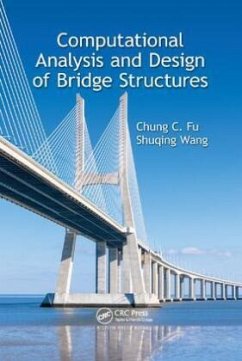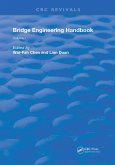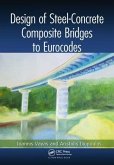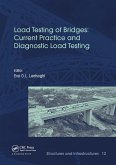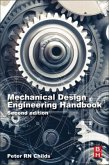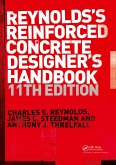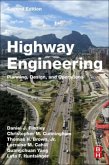Gain Confidence in Modeling Techniques Used for Complicated Bridge Structures
Bridge structures vary considerably in form, size, complexity, and importance. The methods for their computational analysis and design range from approximate to refined analyses, and rapidly improving computer technology has made the more refined and complex methods of analyses more commonplace. The key methods of analysis and related modeling techniques are set out, mainly for highway bridges, but also with some information on railway bridges. Special topics such as strut-and-tie modeling, linear and nonlinear buckling analysis, redundancy analysis, integral bridges, dynamic/earthquake analysis, and bridge geometry are also covered. The material is largely code independent. The book is written for students, especially at MSc level, and for practicing professionals in bridge design offices and bridge design authorities worldwide.
Effectively Analyze Structures Using Simple Mathematical Models
Divided into three parts and comprised of 18 chapters, this text:
Covers the methods of computational analysis and design suitable for bridge structuresProvides information on the methods of analysis and related modeling techniques suitable for the design and evaluation of various types of bridgesPresents material on a wide range of bridge structural types and is fairly code independent
Computational Analysis and Design of Bridge Structures covers the general aspects of bridges, bridge behavior and the modeling of bridges, and special topics on bridges. This text explores the physical meanings behind modeling, and reveals how bridge structures can be analyzed using mathematical models.
Bridge structures vary considerably in form, size, complexity, and importance. The methods for their computational analysis and design range from approximate to refined analyses, and rapidly improving computer technology has made the more refined and complex methods of analyses more commonplace. The key methods of analysis and related modeling techniques are set out, mainly for highway bridges, but also with some information on railway bridges. Special topics such as strut-and-tie modeling, linear and nonlinear buckling analysis, redundancy analysis, integral bridges, dynamic/earthquake analysis, and bridge geometry are also covered. The material is largely code independent. The book is written for students, especially at MSc level, and for practicing professionals in bridge design offices and bridge design authorities worldwide.
Effectively Analyze Structures Using Simple Mathematical Models
Divided into three parts and comprised of 18 chapters, this text:
Covers the methods of computational analysis and design suitable for bridge structuresProvides information on the methods of analysis and related modeling techniques suitable for the design and evaluation of various types of bridgesPresents material on a wide range of bridge structural types and is fairly code independent
Computational Analysis and Design of Bridge Structures covers the general aspects of bridges, bridge behavior and the modeling of bridges, and special topics on bridges. This text explores the physical meanings behind modeling, and reveals how bridge structures can be analyzed using mathematical models.
"With the increasing complexity of bridges today, bridge engineers require more contemporary references on the topic of bridge analysis. This book provides a great desktop reference for the entry-level to the seasoned bridge engineer. The authors have provided a great balance in theory and application to cover the spectrum of bridge types we design, rehabilitate, preserve, and repair in the industry today. The analysis of bridges continues to evolve to meet the complexity of today's bridges - this book will serve as a vital tool to bridge engineers challenged with implementing a more refined analysis."
-Shane R. Beabes, PE, AECOM, District Chief Engineer - Bridges, Associate Vice President Chair - AASHTO / NSBA Joint Collaboration Committee
"Modern bridge design has evolved, along with the technology of computers, exponentially in our time. The expertise offered by these authors in this book will be invaluable to anyone interested in learning modern bridge design thru computer modeling. All of the available options for computer modeling are discussed along with their pros and cons, and are demonstrated with examples and powerful graphics. ...The application of today's computer technology to the art of bridge design can be a big challenge. This book lays out the available options and their limitations, for the use of computer modeling in designing virtually all types of bridge components, structure types and span lengths."
-William J. Moreau, P.E., New York State Bridge Authority, USA
-Shane R. Beabes, PE, AECOM, District Chief Engineer - Bridges, Associate Vice President Chair - AASHTO / NSBA Joint Collaboration Committee
"Modern bridge design has evolved, along with the technology of computers, exponentially in our time. The expertise offered by these authors in this book will be invaluable to anyone interested in learning modern bridge design thru computer modeling. All of the available options for computer modeling are discussed along with their pros and cons, and are demonstrated with examples and powerful graphics. ...The application of today's computer technology to the art of bridge design can be a big challenge. This book lays out the available options and their limitations, for the use of computer modeling in designing virtually all types of bridge components, structure types and span lengths."
-William J. Moreau, P.E., New York State Bridge Authority, USA

